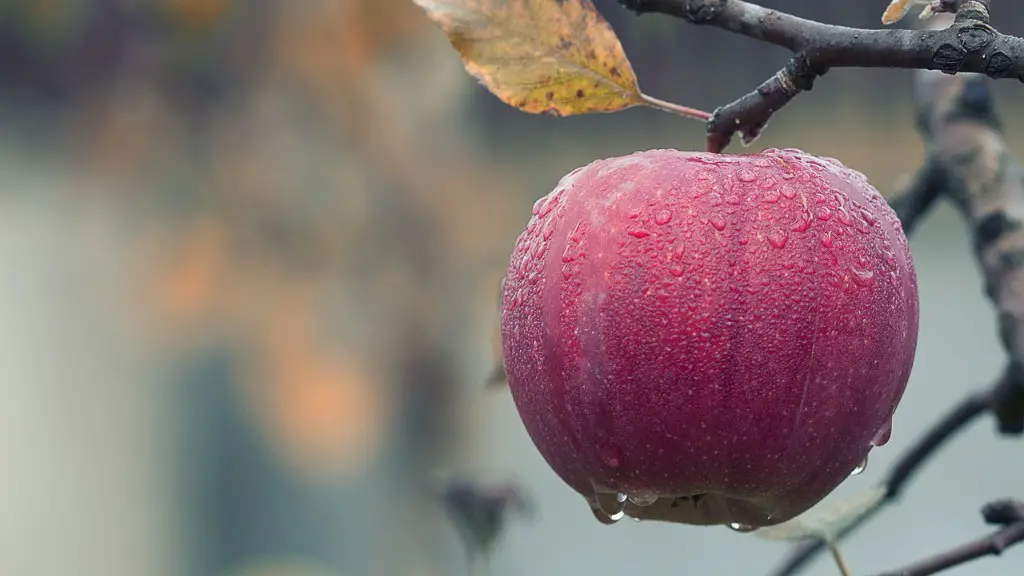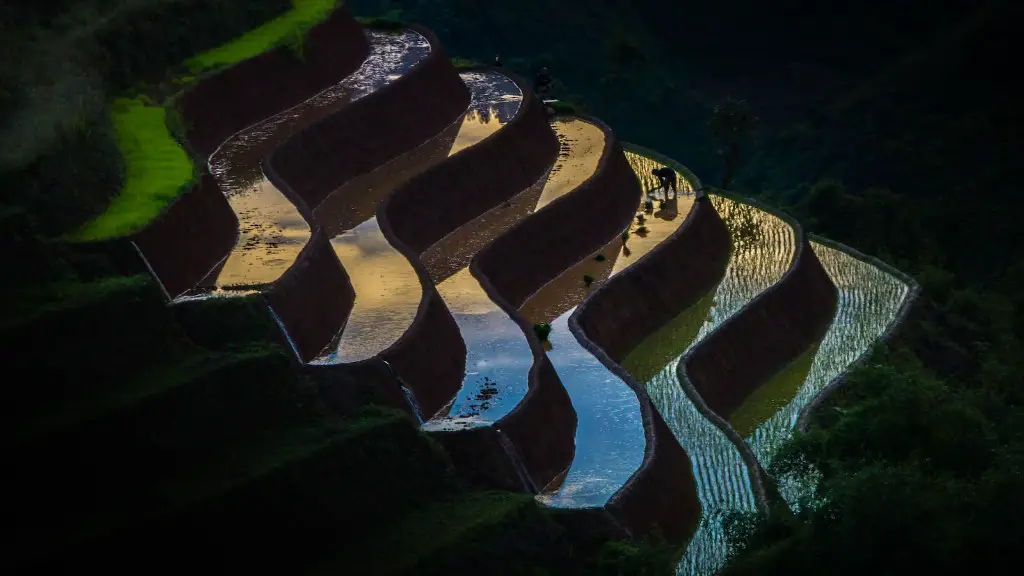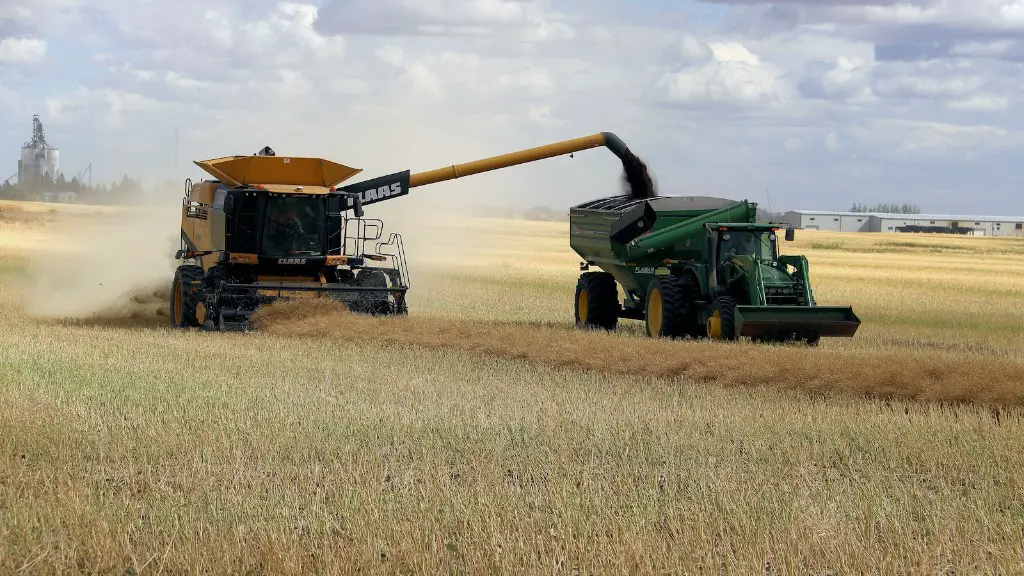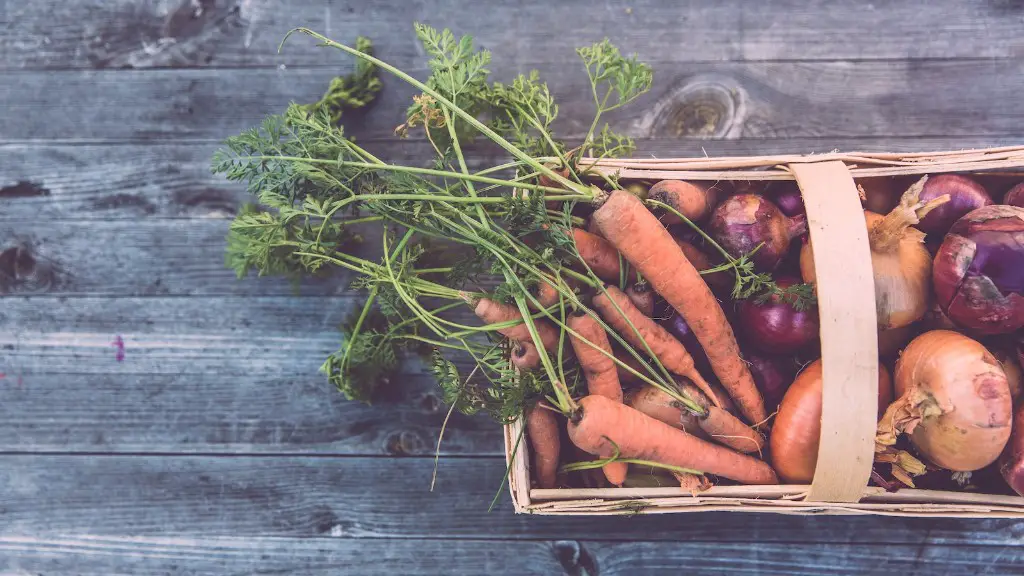The world’s population is growing every day, and with it the demand for food. In order to meet this demand, we need to modernize agriculture. Modernizing agriculture means using technology and science to increase production, decrease threats to crops, and create a more efficient system overall. It’s not an easy task, but it’s one that we need to undertake if we want to feed the world’s ever-growing population.
There is no one-size-fits-all answer to this question, as the best way to modernize agriculture will vary depending on the specific context and needs of each individual farm or agricultural operation. However, some tips on how to modernize agriculture include investing in new technologies, diversifying crops and agricultural products, and developing more efficient and sustainable production methods.
What are the factors which help in Modernising agriculture?
Modernisation of agriculture is a long and gradual process that is driven by a variety of factors, both physical and non-physical. These include things like new technology and equipment, changes in economic conditions, improved organisation and management, cultural shifts and changes in motivation, as well as advances in knowledge and understanding. All of these factors play a role in slowly moving agriculture towards a more modernised state.
Precision farming is a type of agriculture that uses technology and data to make efficient decisions about raising crops. This method of farming can help farmers save money and resources, while also producing higher yields. Precision farming is often used in conjunction with other methods, such as bioengineering and organic farming, to create a more sustainable and efficient agricultural system.
How can I upgrade my agriculture
There are many ways to improve farming productivity, but some of the most important are:
1. Implementing land reforms: this can help improve land usage and increase production.
2. Planting more densely: by planting crops closer together, farmers can make better use of the land and increase production.
3. Planting many crops: by growing a variety of crops, farmers can reduce the risk of crop failure and increase production.
4. Raised beds: by growing crops in raised beds, farmers can improve drainage and increase production.
5. Smart water management: by using irrigation and other water-saving techniques, farmers can reduce water usage and increase production.
6. Heat tolerant varieties: by planting heat tolerant varieties of crops, farmers can reduce the risk of crop failure due to extreme weather and increase production.
7. Use nitrogen: by using nitrogen-rich fertilizers, farmers can improve the quality of the soil and increase production.
This type of farming is usually done on a large scale and requires a lot of manpower and capital inputs. It also makes use of equipment like winnowing machines, threshers, and harvesters. Apart from this, it utilizes technologies like selective breeding and the application of chemical fertilizers and pesticides.
Why do we need to modernize agriculture?
1. Agricultural modernization is critical for economic transformation and achieving food security and improved nutrition.
2. There are two key areas to make agricultural transformation a reality.
There are six non-linear phases of agricultural transformation:
1. Industrialized economies: In this phase, agriculture is integrated into the broader economy, and the sector contributes to overall economic growth.
2. Agricultural integrated into the macro economy: In this phase, agriculture is still a major contributor to the economy, but it is gradually becoming less important.
3. Agriculture as a contributor to growth: In this phase, agriculture is a significant contributor to economic growth, but it is no longer the dominant sector.
4. Moving labour out of agriculture: In this phase, the agricultural sector is declining in importance, and labour is moving out of the sector.
5. Getting agriculture moving: In this phase, the agricultural sector is starting to grow again, but it is still a relatively small contributor to the economy.
6. Subsistence agriculture: In this phase, agriculture is only a subsistence activity, and the sector is not a significant contributor to the economy.
What are the three modern agricultural techniques?
The use of farm machinery has many benefits. It can improve the quality of work, as well as reduce time consumption. The use of chemical fertilizers and pesticides can also ensure the farmers about the better upbringing of crops in quality and quantity.
Agricultural innovation is critical for feeding the world’s ever-growing population. Here are 10 key technology trends to watch in the next few years that could help drive increased productivity and efficiency in the agricultural sector.
1. Indoor vertical farming – This type of agriculture allows crops to be grown in vertically stacked layers in a controlled environment, using less water and land than traditional farming methods.
2. Livestock farming technology – New technologies are being developed to help farmers better monitor and care for their livestock. This includes everything from RFID tags and sensors to automatic milking machines and robotic grazing systems.
3. Laser scarecrows – These devices use lasers and sensors to detect and scare away birds and other animals that might damage crops.
4. Farm automation – Automation is increasingly being used in agriculture to improve efficiency and productivity. This includes robotic tractors, automated irrigation systems and GPS-guided planting and harvesting equipment.
5. Real-time kinematic (RTK) technology – This precise GPS technology can be used for a variety of agricultural applications, such as mapping fields, guiding farm vehicles and measuring soil moisture levels.
6. Minichromosome technology – This is a new plant breeding technology
How technology has improved agriculture
Industrial automation has boomed in recent years, as technology has advanced. This technological advancement in agriculture has allowed farmers to increase yields of agricultural produce by increasing efficiency on farmlands. They can now use drones to map crops, monitor crop growth, and improve irrigation systems. All of these factors play a role in improving yields and ensuring that farmland is used to its fullest potential.
The world’s population is projected to increase to 9.1 billion by 2050, according to the United Nations. This increase in population will put a strain on the world’s food supply. To meet the demand, agricultural productivity must be increased. This can be done by developing high-yield crops, increasing irrigation, using more fertilizers, and improving market access, regulations, and governance. In addition, information technology can be used to better manage the food supply and land ownership should be reformed to promote productivity and inclusiveness.
What are six modern ways of farming?
Modern farming methods, techniques and systems have made it possible to increase yields and produce food more efficiently. These include aeroponics, aquaponics, hydroponics, monoculture, tissue culture, drones, vertical farming and hybrid seed technology. Each has its own advantages and disadvantages, but all contribute to the overall goal of producing more food with fewer resources.
The key components for increasing agricultural productivity include high yielding varieties of seeds, chemical fertilisers, insecticides, pesticides, land reforms, and more. With these tools, farmers are able to produce higher yields of crops, which can help to feed more people and improve the overall food security of a region.
What are the types of modern agriculture
Modern agriculture is a term that refers to the various types of farming that are practiced today. This includes agribusiness, intensive farming, organic farming, precision agriculture, and sustainable agriculture. There is no one definitive way to practice modern agriculture, but each of these methods has its own benefits and drawbacks.
As the world changes, so too must the way we farm. There are increasing pressures from climate change, soil erosion and biodiversity loss, as well as from consumers’ changing tastes in food and concerns about how it is produced. The natural world that farming works with – plants, pests and diseases – continue to pose their own challenges. To meet these challenges, we must adopt new technologies and practices that are less damaging to the environment and more efficient in terms of land, water and energy use. We must also think differently about the way we farm, developing systems that are more resilient to shocks and more responsive to the ever-changing conditions.
What are the three F’s of agriculture?
From the food we eat to the clothes we wear, agriculture touches our lives in countless ways. To better understand what agriculture means, let’s remember the 5 F’s: farming, food, fabric, forestry, and flowers. Each one of these categories provides us with essential products that we use every day.
Farming provides us with the fruits, vegetables, grains, and livestock that we need to survive. Food processing turns these raw ingredients into the packaged and prepared foods that we enjoy. Fabric made from agricultural products like cotton and wool keeps us warm and stylish. And forestry products like timber and paper are used in countless ways in our homes and workplaces. Finally, flowers brighten our days and add beauty to our world.
Next time you sit down to a meal or get dressed for the day, take a moment to think about all the incredible ways that agriculture touches your life.
The six F’s of agriculture are a great way for students to learn about the different aspects of agriculture. Farming, food, fiber, forestry, fishing and flowers are all important aspects of agriculture and by learning about each one, students can gain a better understanding of the industry as a whole. This is a great introduction to agriculture for students of all ages.
What is the 3 4 5 method in agriculture
The Pythagorean Theorem is a useful tool for estimating the yield of a crop. In this technique, a certain size of plot is selected for harvesting of crop. Farmers and extension personnel are trained to use this principle with the help of measured ropes or wooden and iron frames. This technique is helpful in estimating the yield of a crop before it is actually harvested.
Sophisticated technologies are becoming more and more commonplace in agriculture. This is a good thing as it allows businesses to be more profitable, efficient, and environmentally friendly. Additionally, these technologies make agriculture safer for both workers and animals.
Conclusion
There is no one answer to this question as it depends on the specific needs of the agricultural sector in any given country. However, some ways to modernize agriculture include adopting new technologies, improving infrastructure, and increasing access to information and extension services.
Agricultural modernization is an important aspect of economic development. It can make rural areas more prosperous and provide better opportunities for farmers and agribusinesses. However, it is important to do it in a way that does not sacrifice the environment or the well-being of those who work in the agricultural sector. With careful planning, agricultural modernization can be a positive force for development.





